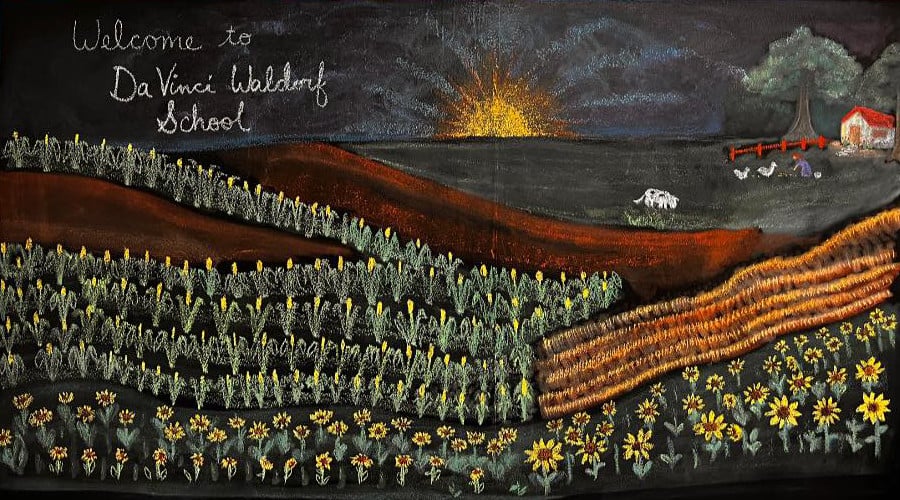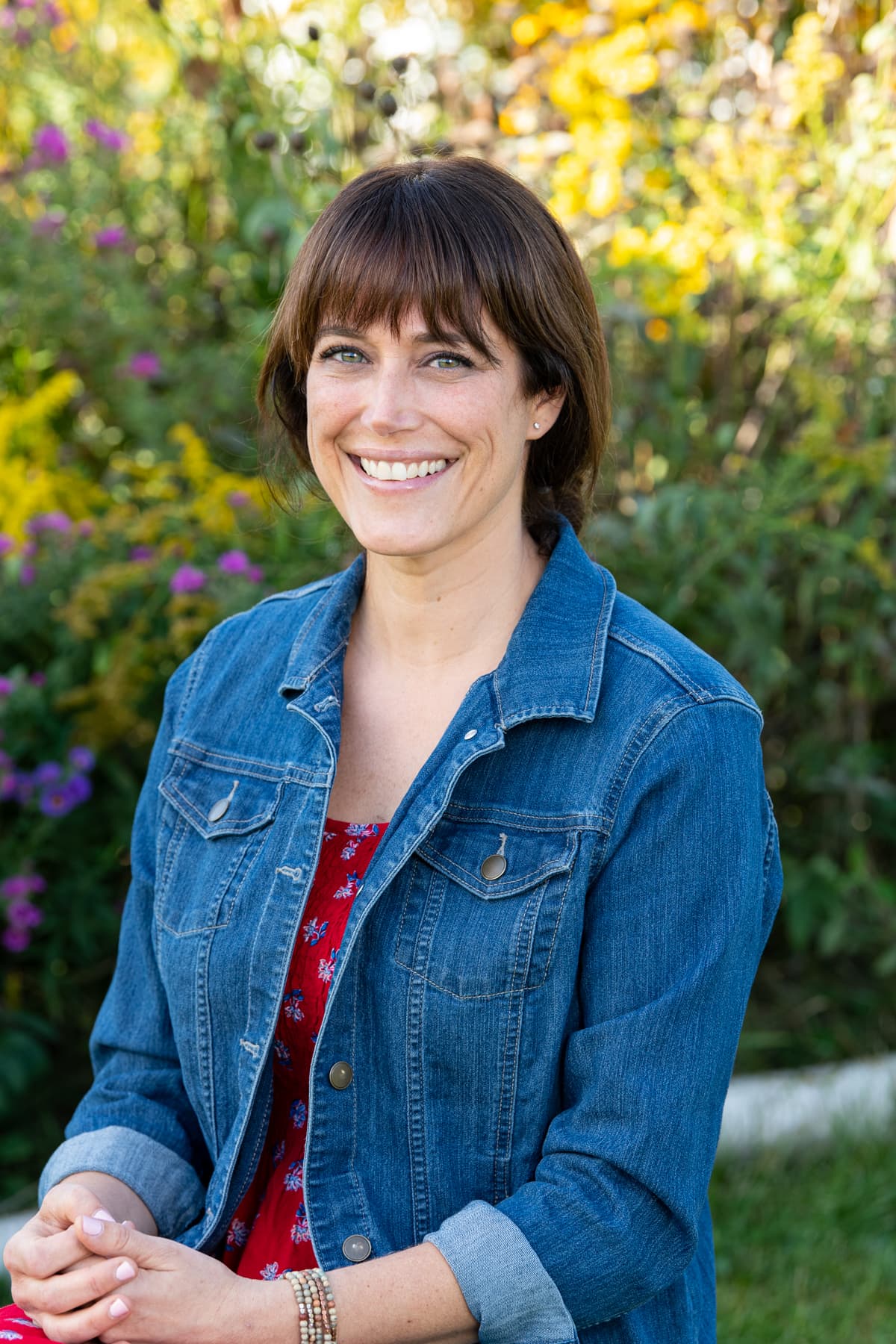Inspiring Life-long Learning for 25 Years
My daughter has attended Water's Edge since she was two. She has been understandably curious about public school, so we arranged for her to shadow a friend for a day during our winter break. We hear from children who transfer in about the differences they see here but hearing it from a Waldorf student looking the other way is interesting. Here are some of her thoughts and experiences:
Band class: "Mom, it was 45 minutes and they did not make it through "Old MacDonald Has a Farm! It was painful." (In orchestra at Water's Edge, she is playing 4 page pieces of beautiful music, including original pieces by her very talented teacher!)
Art class: "Ok, so they had done drawings. The teacher held each one up and said what was good and what was bad about it and gave them grades on it. She would say "this is why this drawing got a C- ." How could she do that? What about children who had a different style, like T? (a friend who attends that school.) She is never going to get an A, and she won't think she can draw."
I explained about state standards and that they are looking for certain things in the drawings to check off that the student has learned about line, proportion, etc. She said "But they want them all to be the same! Isn't childhood about freedom and individuality and learning who you are as an individual? This is the opposite! They seem to want everyone in the same box."
Health class: "We took our pulse for 45 minutes. That's it."
Social studies: " Well, it seemed sort of random. They had this really cool overhead white board thing that teacher wrote on, but what she wrote didn't seem to relate to anything. I asked the other kids and they didn't seem to know what it was about, either. It was about the middle colonies---we were supposed to copy it down so I did. Here it is:
1. The geography (river, good soil) made life easier in the Middle Colonies because they could transfer goods, fish, have fresh water and grow crops. This created a better economy for the colonists.
2. Phillip is the apprentice to a blacksmith.
3. William Penn wanted religious freedom, freedom of speech and the right to a trial by jury.
4. People from New England had similar backgrounds and were required to follow Christianity. In the Middle Colonies, people immigrated from many different countries and were able to practice religious freedom.
(Now, this certainly sounds like the sort of social studies lessons I experienced growing up in public schools. Factual, these were likely notes from a textbook. As a child, I would have thought nothing of it and just memorized these facts for the test. But for my daughter, who is used to having material presented in context, through a story she can relate to with her feelings, was just puzzled by the random-seeming facts out of context. I asked her at this point what she saw as the difference between how things are taught in her school and teaching like this. She said:
"Well, I don't know if I can put the right words to it. But this is how it seems---Waldorf education is just very big and round and full. This was more like a straight line, or a box."
The children: "Well, it was fun to meet everyone. I met some nice kids. But a lot of them seemed like wannabees." (I asked her what she meant by this) Well, they all seem to want to be the class clown, and they all kept saying "oh, don’t mind us, we are just weird" or "we're just crazy!" But they were just trying to stand out in that way. It wasn't real."
Not going outside at all (no recess after 4th grade at the public schools in my town.) It was weird. I kept waiting for recess, even though I knew there wouldn't be one. But we played Army Dodgeball in PE which was fun---we wouldn't be allowed to do that at our school, because you can hit people in the stomach and head with the ball. When you get hit in an arm, you can't use that arm any more. If you are hit in the legs, you have to drag yourself around and try to hit the ball with your head. They have kids being paramedics that come and drag you off when you are too wounded. It was fun."
(Note: They get PE every day, usually in the gym, and the goal seems to be getting the children to move their bodies. No unstructured play time during which they develop creativity and innovation and learn to negotiate with each other by building forts and playing make believe games and pick-up sports, building snow jumps for sledding, etc. No time that is not regulated and planned by adults. Plus, no time in nature. At our school, the children have two recesses every day.)
Some other differences we found: they have something called "encores," which is how the offer Spanish, Art, Music, and Health. You get one of these per quarter---so you don't have Art all year, and you don't have Spanish all year, or Music, but only for 2 months or so. This is likely a result of No Child Left Behind, as they have reduced the arts or eliminated them in some schools to make more time for study (memorizing) math, science and language arts to improve test scores. This is one way that public education is different from when we were kids, and certainly is quite stark when contrasted with our curriculum, which includes both German and Spanish all year round, beginning in first grade, art (painting, drawing, modeling, sculpture, drama) integrated with all academics on a daily basis, with an additional watercolor painting class once a week, and music twice a week.
**Editor's Note: This post was submitted by a writer who wished to keep themself and their child anonymous for this article.**

